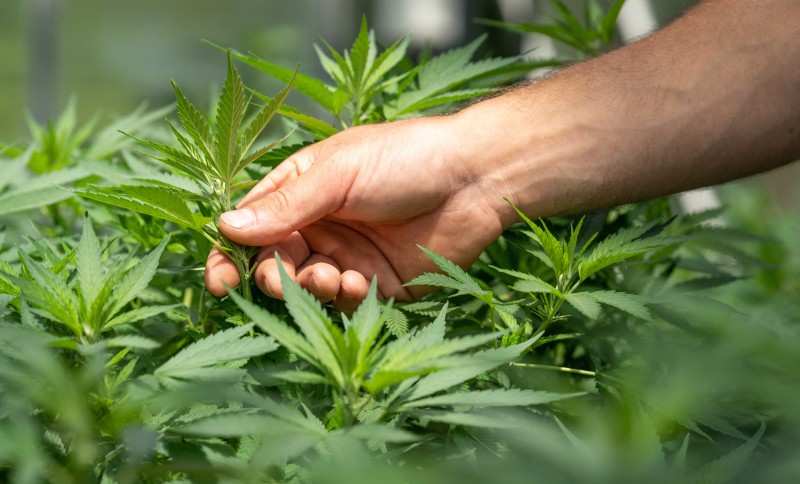Cannabis is a fickle plant.
Whether it’s mold, mildew, or pests, there are plenty of opportunities for dangerous and costly pathogens to contaminate a crop.
Cannabis & Tech Today spoke with Rad Source Technologies Executive Vice President George Terry and Head of Research & Development Dr. Justin Czerniawski to better understand what causes these issues and how a remediation technique known as photonic decontamination can help.

Cannabis & Tech Today: What causes cannabis to need remediation?
George Terry: During the grow, cannabis can actually pick up mold, yeast, powdery mildew, aspergillus, salmonella, E. coli, depending on if it’s indoor or outdoor, and these are all pathogens that states regulate to make sure the flower itself is safe for consumption.
C&T Today: One form of treatment is photonic decontamination. How does that process work?
GT: It’s the same technology in use in Canada and the Netherlands.
It has no impact on the terpenes or the cannabinoids of the product itself, because it uses light.
It uses the photon to go in and actually break the DNA chain of the microbe so it can no longer reproduce.
It doesn’t do anything to affect the cannabinoids or the terpenes of the product because that’s not what we’re targeting.
We’re targeting, at a DNA level, the microbe itself.
C&T Today: Photonic remediation is a light penetrating technology. How does light reach all the nooks and crannies of the flower?

Dr. Justin Czerniawski: The thing that’s nice about our technique is we’re using the X-ray part of the electromagnetic spectrum, and the wavelengths there are small enough that you can actually get into those nooks and crannies, get through the large molecules that you want to preserve, like the terpenes and the cannabinoids, and target the DNA.
The wavelength matches nearly perfectly.
C&T Today: What are some common concerns people have with your remediation technique?
GT: When people hear that you’re using X-rays they think, “Oh, it’s going to be radioactive,” and it’s a farce.
Basically, we emit photons out of an emitter in the X-ray spectrum.
Those are photons that, once they’re absorbed into the target, they break the DNA, they go through the material, they dissipate.
It does not make the product radioactive. It’s just like when you go to the dentist for an X-ray.
C&T Today: What’s the most important consideration when remediating cannabis?
JC: It all comes from a public safety standpoint, because heaven forbid [cannabis companies] put something out on the shelf that passed inspection, but then pathogens grow back, somebody consumes it, gets sick, and then gets in trouble.
That is the reason we challenge our customers to see how low they can get their CFU levels.
The reasoning being, you have very little concern if you get your products to that non-detectable level, you have a lot of concern if you’re just under the passing threshold.
Why would you want to just barely pass?
Wipe [the microbes] out, as much as possible, and don’t even worry about it.
Move on, sell your product, move to your next batch. It really should be that simple.
Author
-
Ebby Stone is a freelance writer specializing in cannabis, with a focus on the innovators and businesses shaping the industry.






